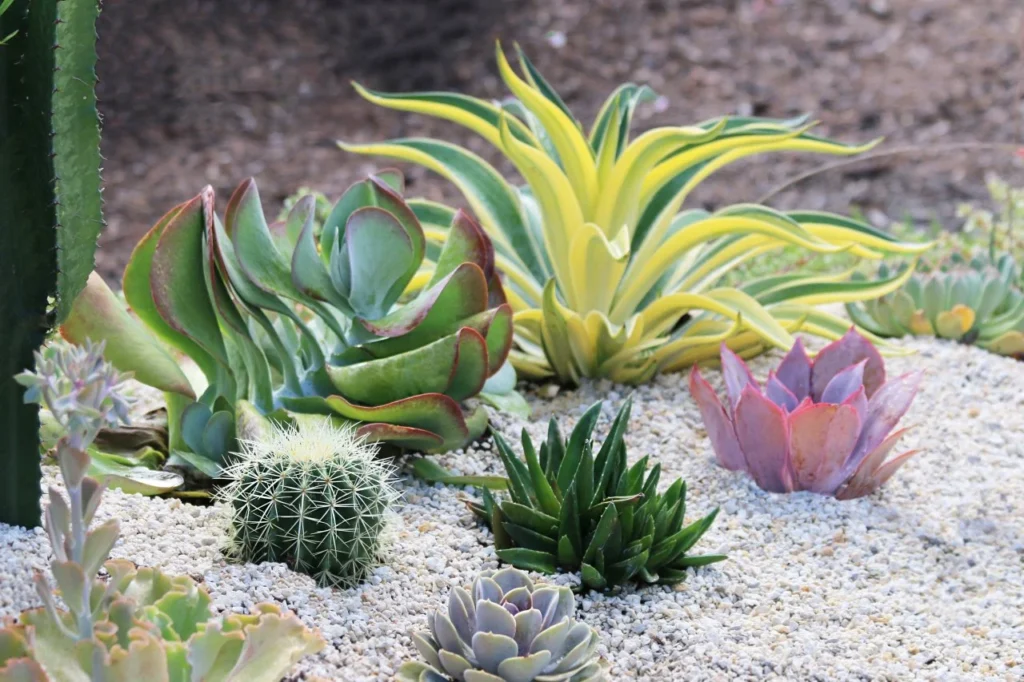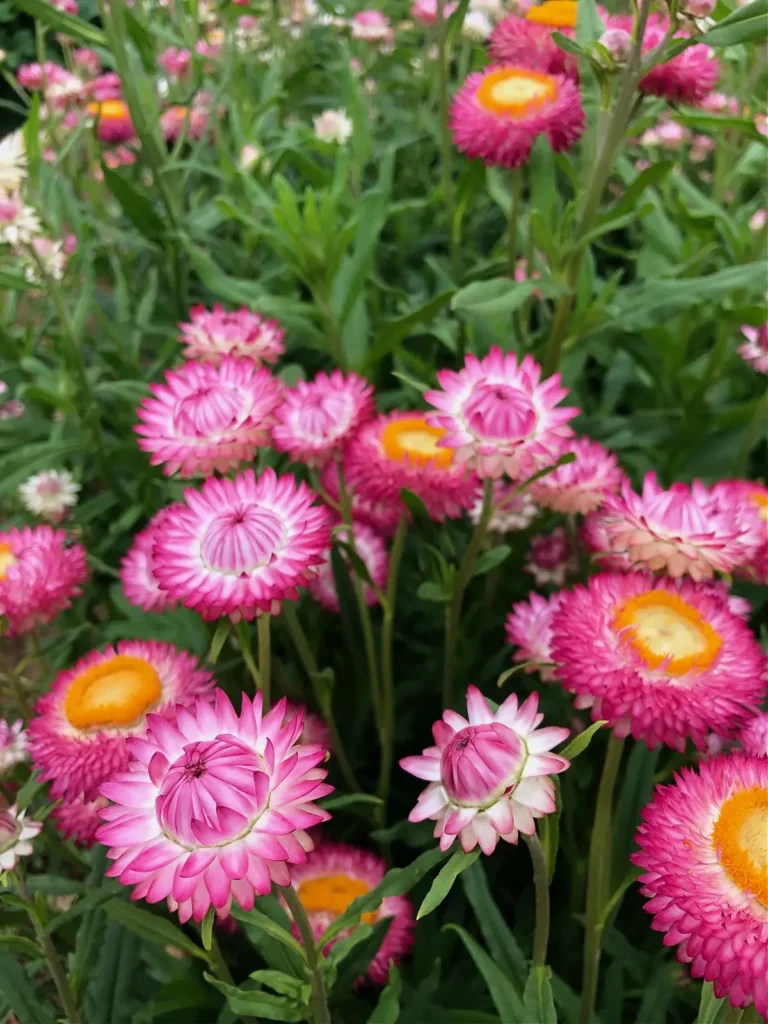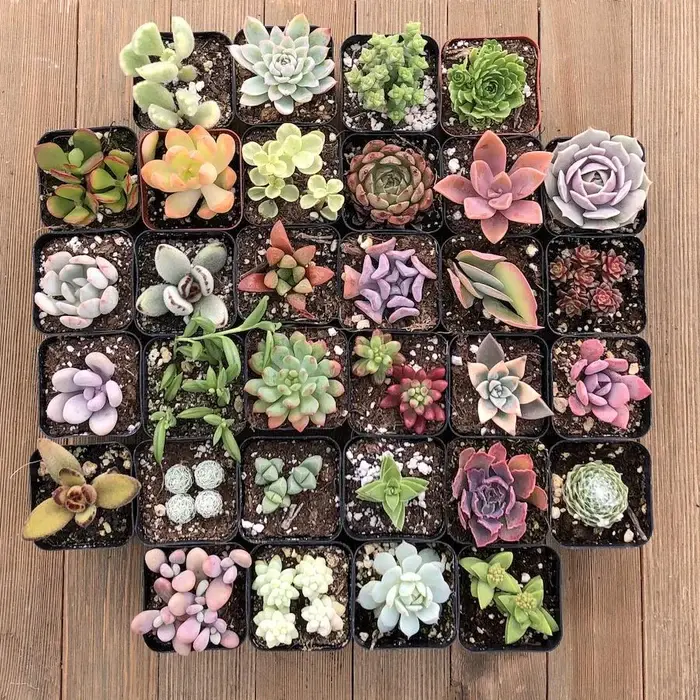Desert Plants: Mastering Survival in Arid Environments
Deserts, with their relentless sun, scorching temperatures, and scarce water, present one of the most challenging environments on Earth for life to thrive. Yet, remarkably, a diverse array of plant species has not only managed to survive but flourish in these harsh conditions. These “desert dwellers” are masters of adaptation, employing an astonishing range of strategies to conserve water, withstand extreme heat, and reproduce successfully. Understanding these fascinating adaptations offers profound insights into the resilience of nature and the intricate balance of desert ecosystems.
The Art of Water Conservation: Key Adaptations
The paramount challenge for desert plants is water scarcity. Over millennia, they have evolved a variety of ingenious mechanisms to minimize water loss and maximize water uptake.
1. Succulence: Nature’s Water Tanks
Perhaps the most recognizable adaptation is succulence. Succulent plants, such as cacti (e.g., Saguaro cactus, Prickly Pear) and agaves (e.g., Agave, Aloe Vera), store water in specialized tissues within their leaves, stems, or roots. Their fleshy, often thick and waxy, structures act as natural reservoirs, allowing them to absorb large quantities of water when it’s available and gradually use it during prolonged dry periods. The pleated or ribbed structure of many cacti, like the Saguaro, enables them to expand dramatically to store water, much like an accordion, and contract as water is used, preventing splitting.
2. Reduced Surface Area: Minimizing Transpiration
Transpiration, the process by which plants release water vapor through their leaves, is a major source of water loss. Desert plants have developed various ways to reduce this surface area:
- Small Leaves or No Leaves: Many desert plants have evolved to have very small leaves, or in the case of most cacti, their leaves have been modified into spines. This significantly reduces the surface area exposed to the sun and wind, thereby minimizing water evaporation. Plants like the Palo Verde shed their leaves during dry seasons, relying on their green stems for photosynthesis.
- Waxy Coatings and Hairs: A thick, waxy cuticle on leaves and stems acts as a waterproof barrier, further reducing water loss. Examples include the creosote bush. Some plants also have dense hairs (pubescence) on their surfaces, which create a layer of still, humid air around the plant, reducing air movement and thus evaporation. These hairs also reflect sunlight, keeping the plant cooler.
- Vertical Leaf Orientation: Some desert plants orient their leaves vertically, minimizing the direct exposure to the intense midday sun and reducing the heat absorbed.
3. Specialized Root Systems: Efficient Water Capture
Desert plants exhibit diverse root strategies to access water:
- Shallow, Widespread Roots: Many cacti and succulents have shallow, extensive root systems that spread horizontally just below the soil surface. This allows them to quickly absorb any rainfall, even light showers, before the water evaporates or sinks too deep. The Prickly Pear cactus, for instance, has a fibrous, shallow root system.
- Deep Taproots: Conversely, some desert trees and shrubs, such as mesquite trees and certain acacias, develop exceptionally long taproots that can reach deep underground water tables, sometimes extending over 100 feet. This provides them with a consistent water source even during severe droughts.
4. Crassulacean Acid Metabolism (CAM): Nighttime Photosynthesis
Most plants perform photosynthesis during the day, opening their stomata (pores) to take in carbon dioxide. This process, however, leads to significant water loss in hot, dry conditions. Many desert succulents, including cacti and agaves, utilize a specialized photosynthetic pathway called CAM (Crassulacean Acid Metabolism). CAM plants open their stomata only at night when temperatures are lower and humidity is higher, allowing them to absorb carbon dioxide with minimal water loss. They store this carbon dioxide as an acid and then use it for photosynthesis during the day when their stomata are closed. For further reading on plant adaptations, consider exploring resources like this PBS article on how plants adapt to low water environments.
Thriving Under Pressure: Heat and Herbivory Defenses
Beyond water conservation, desert plants have developed fascinating adaptations to cope with extreme temperatures and herbivore pressure.
1. Heat Tolerance and Reflection:
- Light-Colored Foliage: Some plants have pale, silvery, or light-colored leaves that reflect sunlight, reducing heat absorption.
- Spines and Shade: The spines of cacti not only deter herbivores but also provide shade to the plant’s surface, helping to keep it cooler. The dense arrangement of spines on a barrel cactus, for example, creates a microclimate around the plant.
- Dormancy: Many desert annuals and some perennials enter a state of dormancy during the harshest dry periods, effectively “sleeping” until more favorable conditions return. They may shed their leaves or reduce metabolic activity to conserve energy and water.
2. Defense Mechanisms Against Herbivores:
With limited plant life, desert herbivores are often desperate for sustenance. Desert plants have evolved robust defenses:
- Spines and Thorns: The most obvious defense, spines and thorns, deter animals from eating their fleshy, water-filled tissues.
- Chemical Defenses: Some desert plants produce bitter-tasting or toxic compounds that make them unpalatable to herbivores. The creosote bush, for instance, releases toxins into the soil to inhibit the growth of other plants and deter grazers.
- Tough, Fibrous Tissues: Many succulents have tough, fibrous tissues that are difficult for animals to chew and digest.
Types of Desert Plants and Their Unique Roles
Desert flora is remarkably diverse, showcasing a range of life forms that contribute to the unique desert ecosystem.
- Cacti: The quintessential desert plant, cacti come in a vast array of shapes and sizes, from the towering Saguaro to the sprawling Cholla and the spherical Barrel Cactus. All cacti are succulents, renowned for their water storage capabilities and protective spines.
- Succulents (Non-Cactus): This broad category includes plants like Agave, Aloe, Yucca, and Sedum. They store water in their fleshy leaves or stems and are often characterized by rosette forms or striking architectural shapes.
- Shrubs and Grasses: Many desert shrubs, such as the Creosote Bush, Brittlebush, and various acacias, form the backbone of desert vegetation. They often have deep root systems or small, tough leaves to survive droughts. Desert grasses, like those that form tumbleweeds, play a crucial role in preventing soil erosion and distributing seeds.
- Wildflowers: After rare but significant rainfall, deserts can transform into vibrant carpets of wildflowers, showcasing an ephemeral beauty. These annuals rapidly complete their life cycle, blooming and producing seeds before the moisture disappears. Examples include Desert Marigolds and California Poppies.
For more information on specific desert plant types, consider consulting resources like this Planet Natural guide to desert plants.
The Interconnectedness of Desert Life
Desert plants are not just isolated survivors; they are integral components of complex desert ecosystems. They provide food and shelter for a variety of desert animals, from insects and reptiles to birds and mammals. The relationship between the Joshua tree and the yucca moth, where the moth is the sole pollinator for the tree, is a classic example of co-evolution in a desert environment. Their ability to thrive in such extreme conditions demonstrates the incredible adaptability of life and serves as a reminder of the delicate balance of these arid landscapes. As global climates shift, understanding the survival mechanisms of desert plants becomes increasingly vital for conservation efforts and for informing sustainable practices in water-stressed regions worldwide. The resilience of these plants offers lessons in enduring and flourishing against all odds.
Check out our latest posts !


